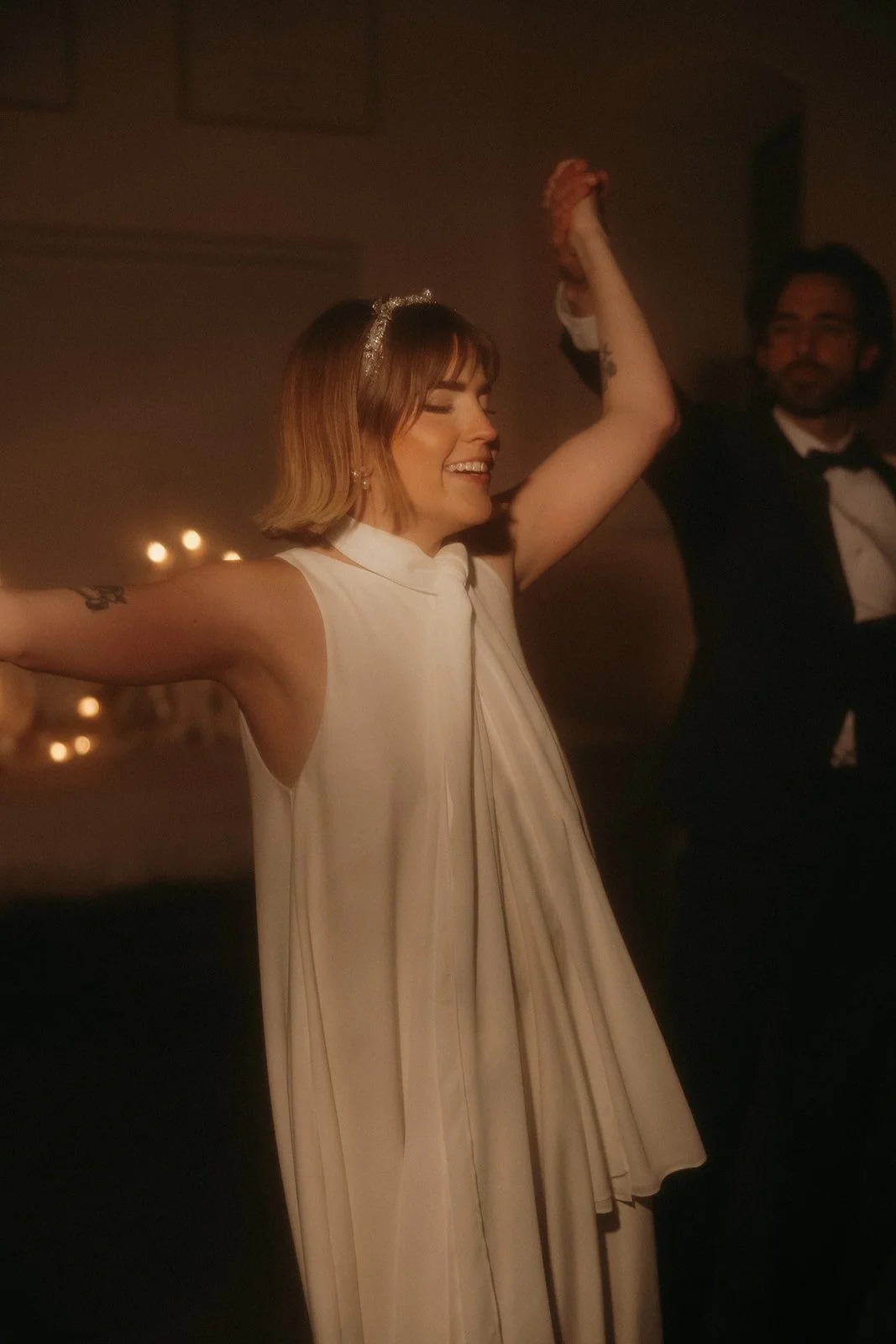Flash vs Ambient Lighting at Weddings: Striking the Perfect Balance
Weddings are occasions filled with cherished memories and unforgettable moments. Capturing these precious instances requires careful consideration of lighting techniques, with flash and ambient lighting being the two primary options. While each method has its advantages and disadvantages, achieving the perfect balance between the two is crucial for stunning wedding photography.
Ambient Lighting: The Natural Charm
Ambient lighting refers to the pre-existing lighting conditions in a given environment. It encompasses the natural light available, such as sunlight or artificial light sources present in the venue. Using ambient lighting at weddings can yield stunning results, as it creates a warm, soft, and natural atmosphere. This form of lighting sets the scene and preserves the authenticity and ambiance of the wedding.
One of the main benefits of utilizing ambient lighting is its ability to showcase the venue's aesthetics and decor. It highlights the beautiful architectural features, intricate decorations, and carefully chosen color schemes. Furthermore, it contributes to a more relaxed and candid atmosphere, allowing photographers to capture genuine emotions and interactions among the wedding party and guests.
However, relying solely on ambient lighting can present challenges, as it is not always consistent or reliable. Weather conditions, time of day, and indoor lighting can all vary, potentially leading to inconsistent exposure and color casts in photographs. Additionally, in dimly lit venues, ambient lighting alone may result in grainy or underexposed images, compromising the overall quality.
Ambient Lighting Example
Flash Lighting: Adding Flair and Consistency
Flash photography has long been a staple in wedding photography, offering photographers more control over lighting conditions. By using artificial light sources, such as speedlights or studio strobes, photographers can enhance the existing ambient lighting or create their own illumination. This method ensures consistent exposure, accurate colors, and an opportunity to add creative flair to images.
One of the major advantages of using flash lighting is the ability to create well-lit images in any environment. Regardless of the venue's lighting conditions, photographers can rely on their flash to ensure proper exposure and eliminate unwanted shadows. Additionally, flash allows for freezing fast-paced movements, such as a bride's entrance or the couple's first dance, resulting in sharp and vibrant images.
Despite its advantages, flash photography should be used judiciously to avoid overwhelmed or artificial-looking images. Over-reliance on flash can flatten the scene, erase ambient light's warm tones, and create harsh shadows. It is essential to strike a balance between flash and ambient lighting to preserve the natural ambiance while ensuring optimal exposure and accurate representation of colors.
Finding the Perfect Balance
To achieve exceptional wedding photographs, it is vital to strike the ideal balance between flash and ambient lighting. This can be accomplished through careful planning, technical expertise, and a thorough understanding of the venue's characteristics.
Start by assessing the venue's lighting conditions during different times of the day and envision the desired atmosphere. Determine when and where flash may be necessary to supplement or enhance the ambient lighting. Use flash to fill in shadows or add a touch of creative lighting while ensuring that the overall ambiance is not compromised.
During the ceremony or reception, opt for softer diffusers or bounce techniques to mimic the natural softness of ambient light. By bouncing flash off ceilings, walls, or reflectors, you can disperse the light more naturally, creating a gentle and flattering illumination.
Ultimately, the key to success lies in the ability to adapt and make informed decisions based on the current lighting conditions. By embracing the natural charm of ambient lighting and strategically implementing flash techniques, wedding photographers can capture timeless moments that will be cherished for a lifetime.
So, whether it's the warm glow of the setting sun or a carefully placed pop of flash, understanding how to utilize both flash and ambient lighting effectively will ensure that wedding photographs possess the perfect balance of authenticity and brilliance.
Remember, practice and experimentation are key to mastering natural light and flash photography. By combining your technical expertise with artistic vision, you can create breathtaking images that capture the essence of a wedding reception.
Flash Lighting Example

